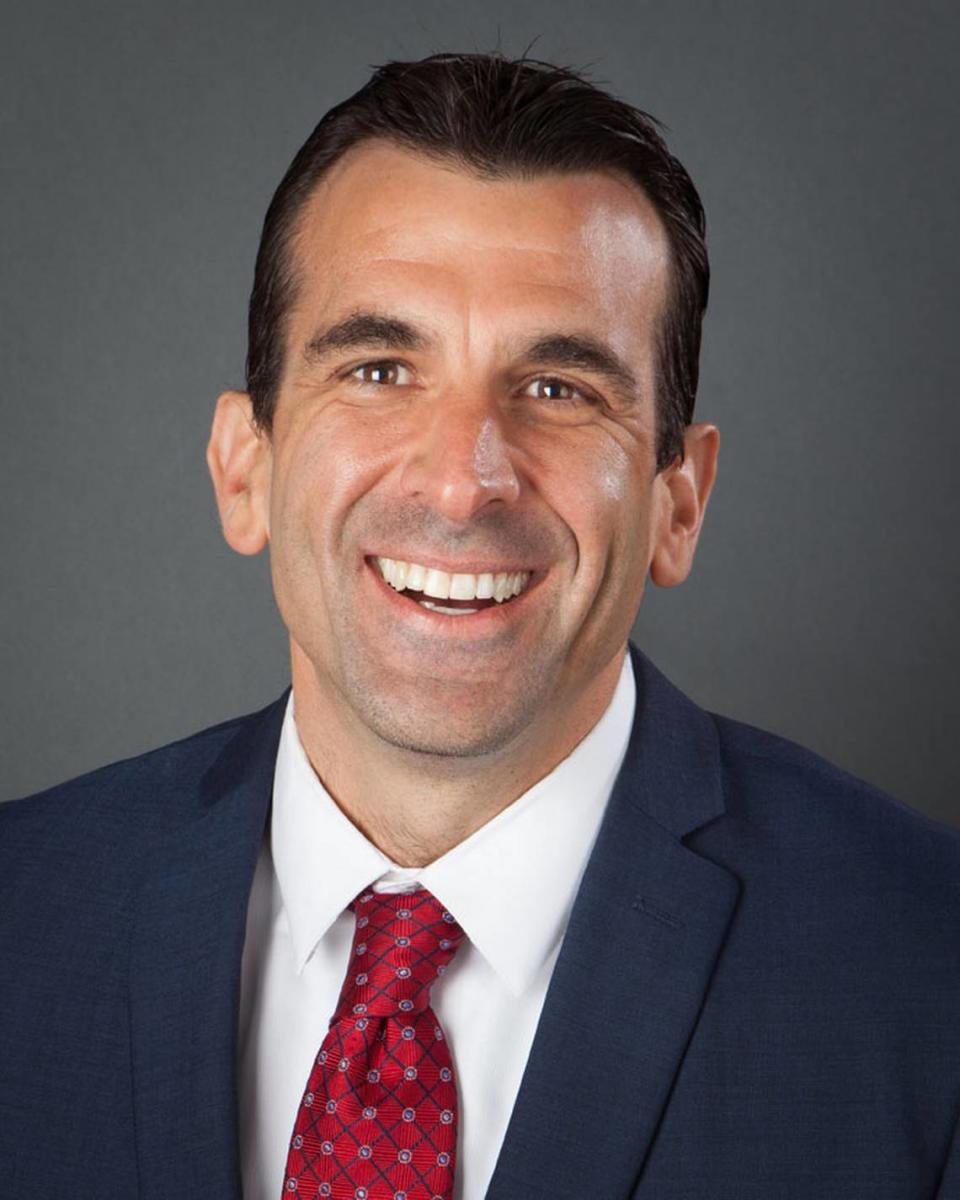PG&E’s poor safety record & performance shows it has not earned a big rate increase | Opinion
- Oops!Something went wrong.Please try again later.
In the countdown to the Thursday, Nov. 2 California Public Utilities Commission hearing on PG&E’s request for a 26% rate hike, you will continue to endure a deluge of PG&E advertising on the TV and internet. PG&E executives hope that the ads may help you feel better about a for-profit electric utility whose rates have skyrocketed 38% since 2021.
More likely, though, you won’t. Questions will arise. You might wonder whether PG&E’s excessive spending of your ratepayer dollars on corporate public relations has itself had something to do with your power bills increasing at three times the rate of inflation. You might ask why PG&E’s commercials glorify its efforts on wildfire safety, when more than two years have passed since the company’s headline-grabbing announcement that it would bury 10,000 miles of power lines, yet it has accomplished only 6% of this “urgent” goal. You might question why executives at PG&E, with a publicly-sanctioned monopoly over its customers, feel the need to spend millions of ratepayer dollars weekly on advertising to burnish their corporate image.
That last question is the easiest to answer: They do it because they can.
Californians deserve better. We deserve accountability over the use of our ratepayer dollars. Yet in 2021, PG&E lost more than $88 million in net income, while the company awarded CEO Patti Poppe with a $51.2 million in compensation, making her the highest paid CEO of any for-profit utility in the United States. Weeks after Poppe hit paydirt, PG&E customers learned of double-digit rate hikes–again.
Before the CPUC grants any more rate increases, it must demand that PG&E tightens its belt — just as skyrocketing bills force us to tighten ours. For example, the company can end its history of lavishing money to influence policymakers in Sacramento, such as the $2.1 million it spent in 2021 on campaign contributions or the $4.9 million it spent in 2022 on lobbying. It can stop offering dividends to its preferred shareholders well in excess of the average yield in the utility industry. It can exercise better vigilance over its attorneys fees and consultants — such as the $140 million in ratepayer funds the company spent to achieve what might be the only bankruptcy exit in US corporate history that saddled ratepayers with twice as much debt as the company had entering bankruptcy.
And the company can focus every additional ratepayer dollar on improving safety. Instead, PG&E executives continue to fiddle while California burns. In 2020, PG&E bosses sought to give themselves $188 million in bonuses, only a few days after telling a bankruptcy judge that it was “not financially sustainable” to employ 5,500 tree trimmers to reduce vegetation-triggered wildfire risk. The company curtailed its three-year plan for undergrounding 3,600 miles of distribution and transmission lines to only 2,275 miles; the last 2½ years has buried only 600 miles of lines. Similarly, more than a decade after the cracking of PG&E’s Aldyl-A style piping caused an explosion at a Cupertino apartment complex, the company has replaced only 21% of its 6,200-mile system of defective gas pipes.
Neglect has come at a steep price. Since 2017, PG&E-ignited wildfires have taken 113 lives, burned nearly 24,000 homes, and destroyed another 1.5 million acres of California landscape. Many of us have paid in some way, ranging from rapidly escalating fire insurance rates — if we can get home insurance at all — to rising asthma rates and emergency room admissions from breathing polluted air.
Californians deserve accountability, affordability and safety from our for-profit utilities. FAIR California — a nascent coalition consisting of ratepayers, small businesses, labor unions, older adults, and community advocates — demands as much.
Sam Liccardo is the former mayor of San Jose and is co-leader of the FAIR Coalition, a group of ratepayers, small businesses, labor and consumers urging greater accountability among California’s investor-owned utilities.


